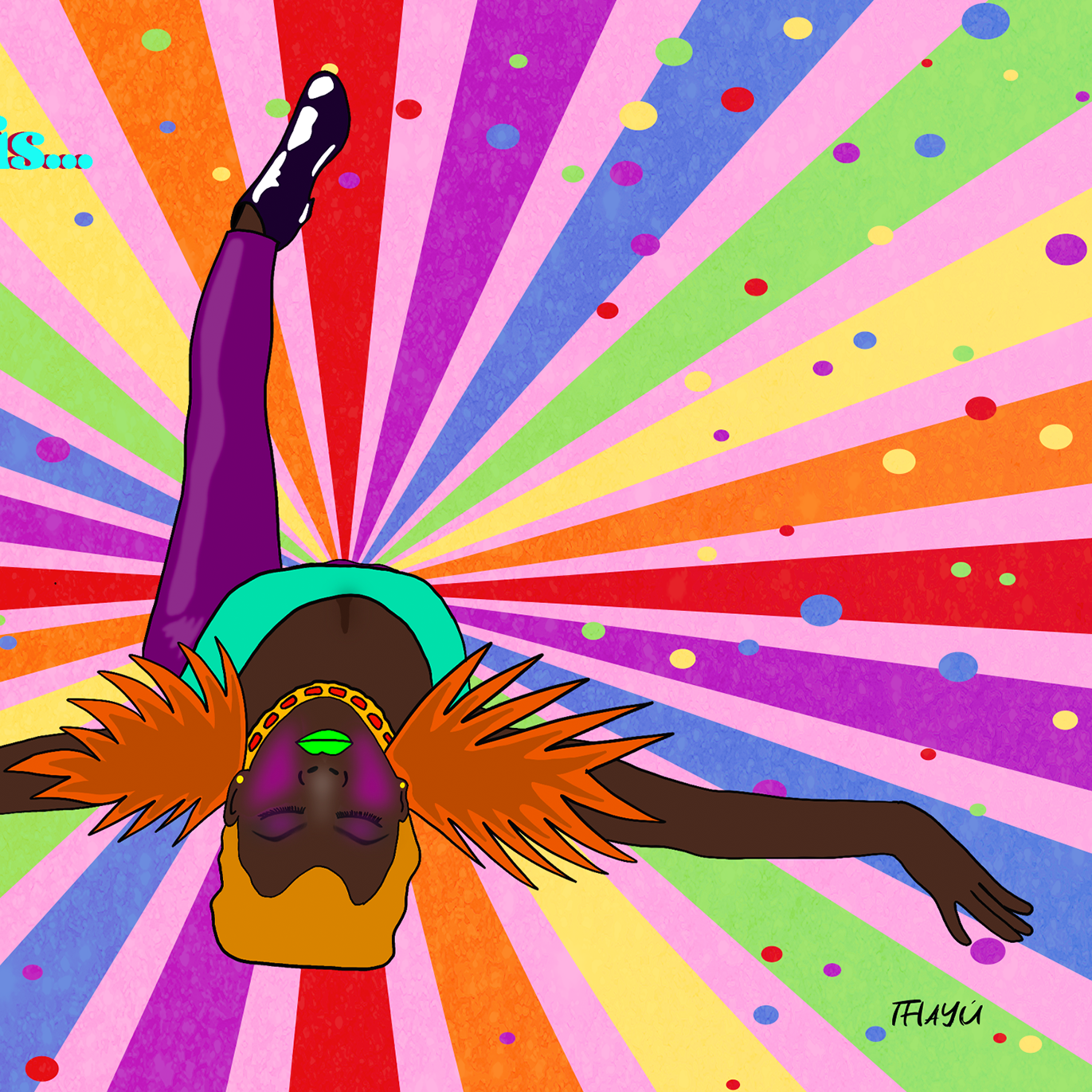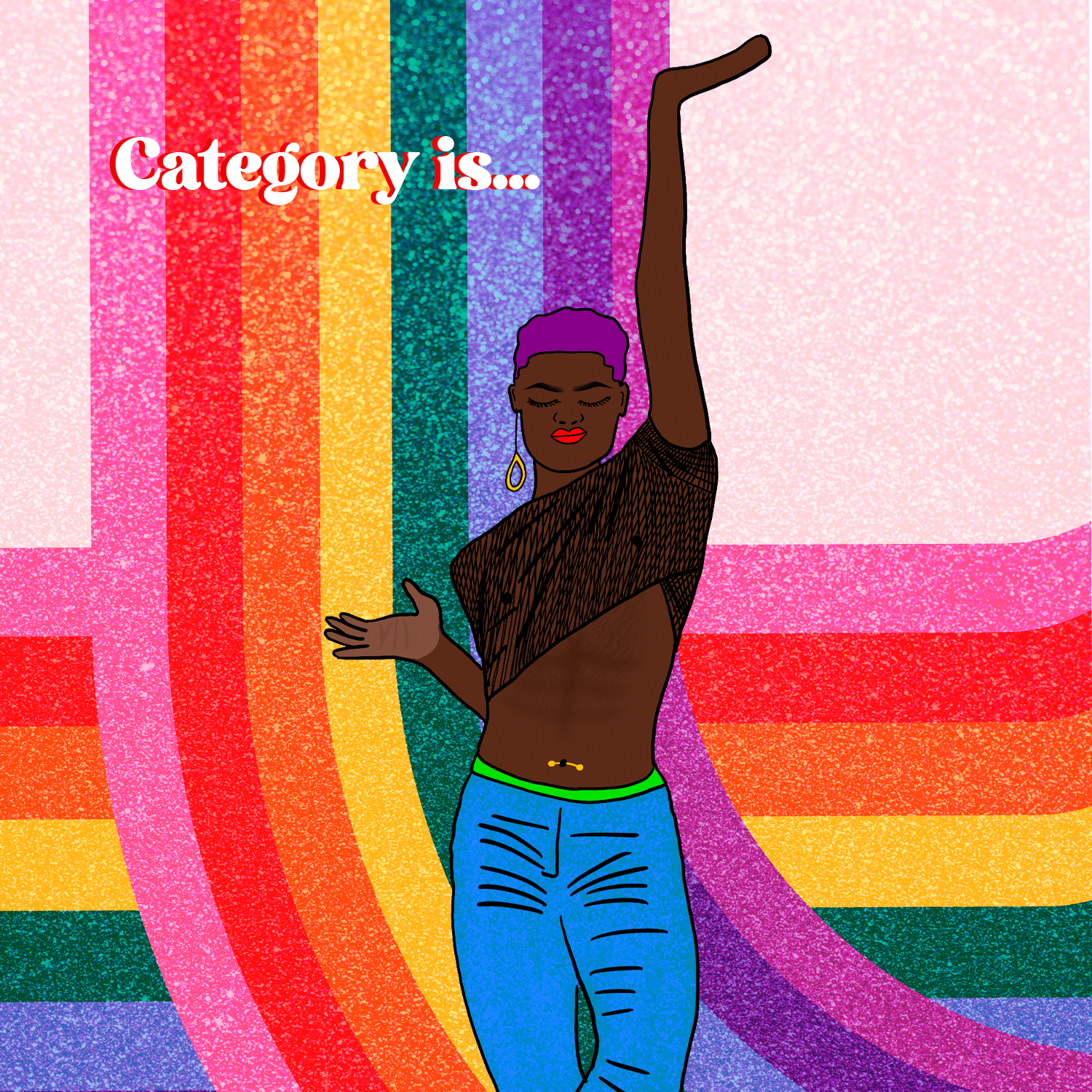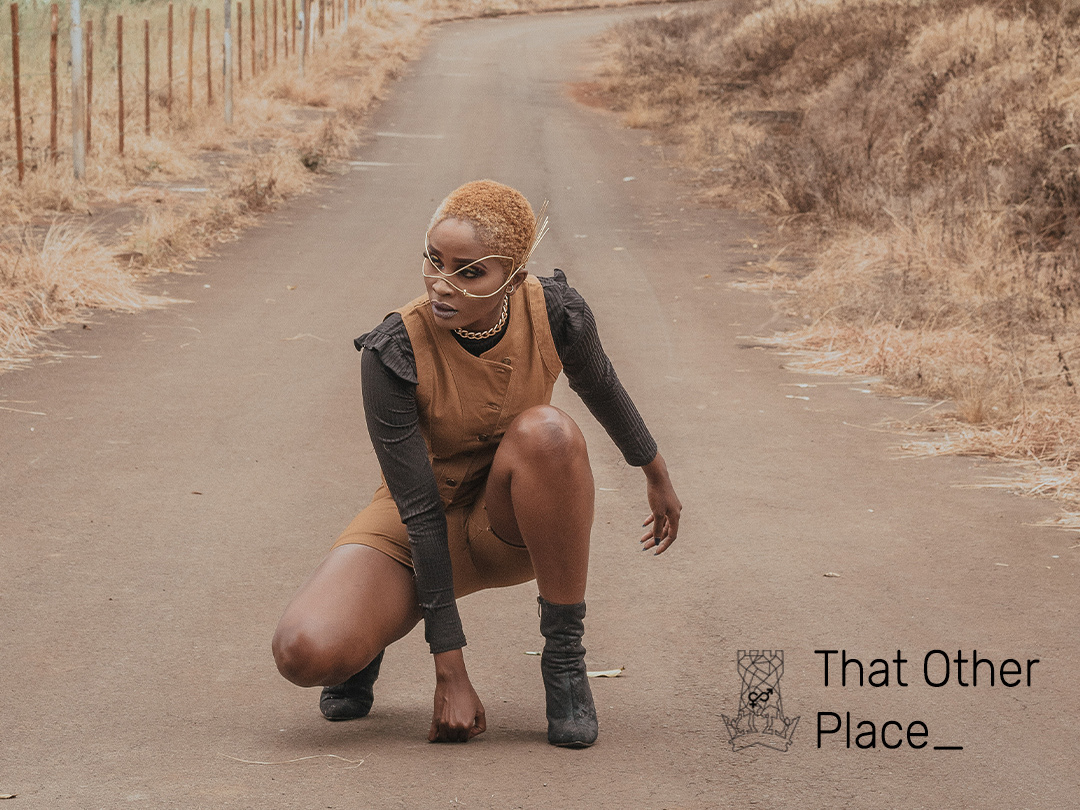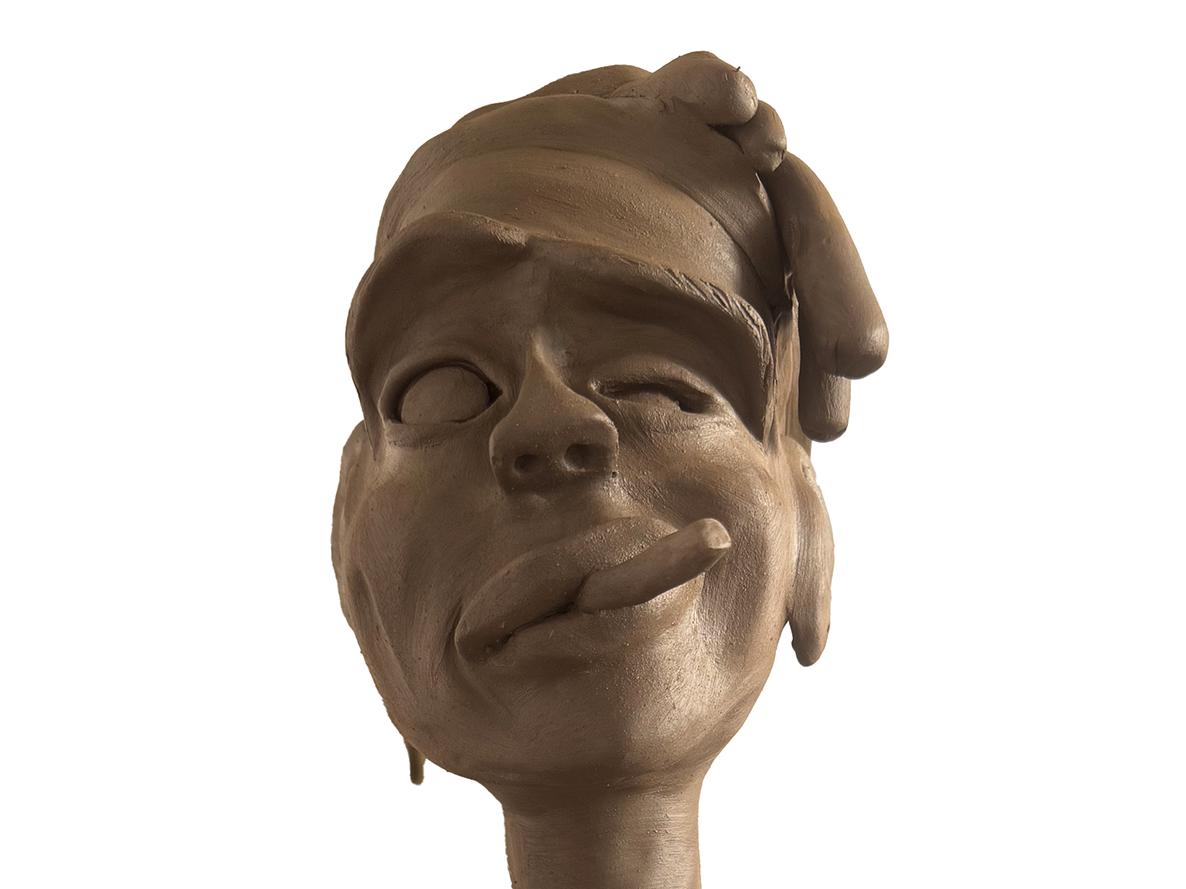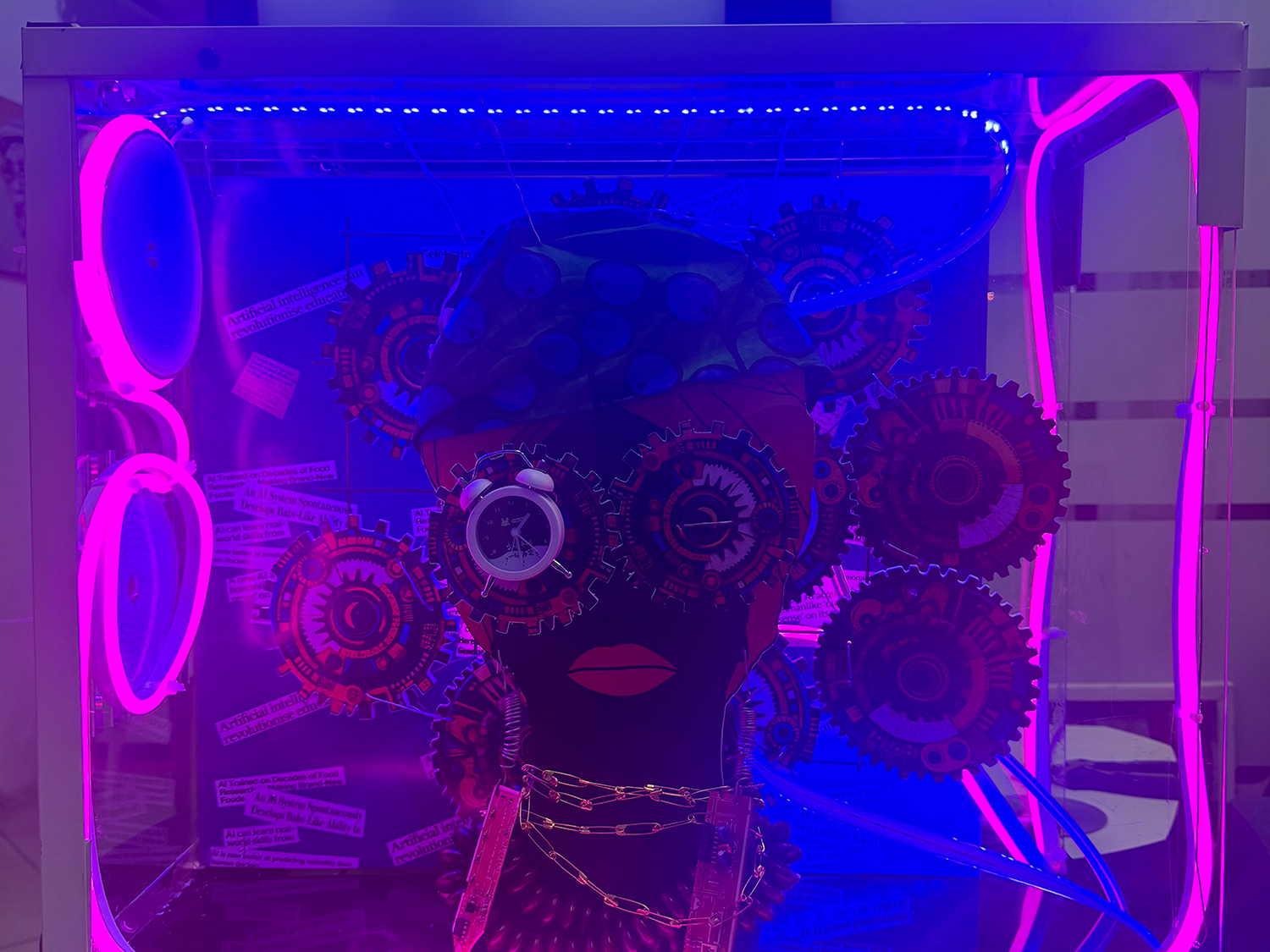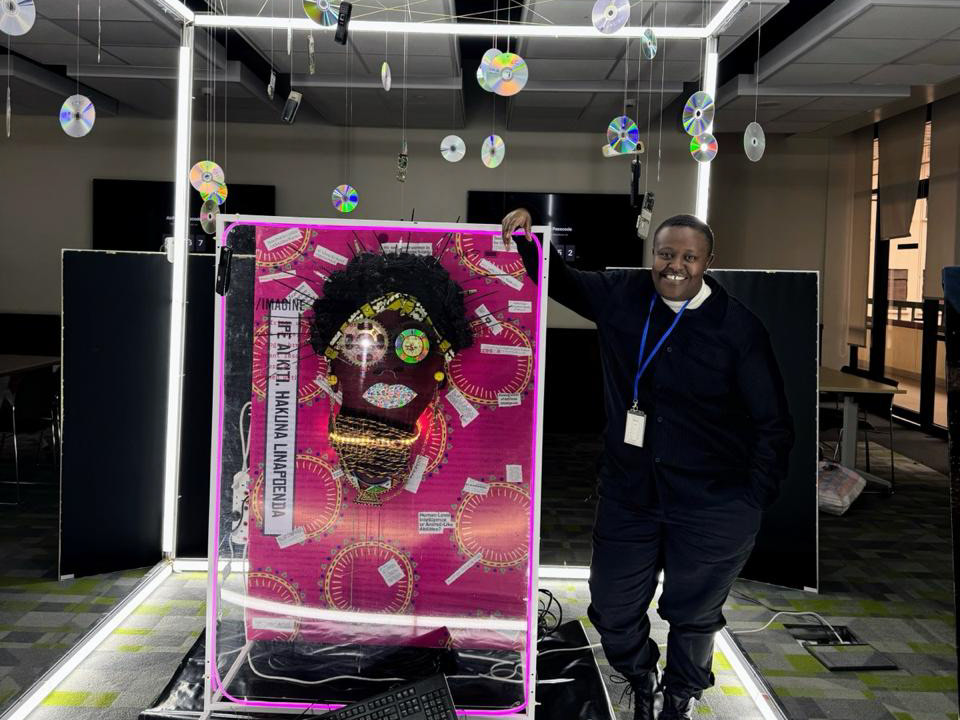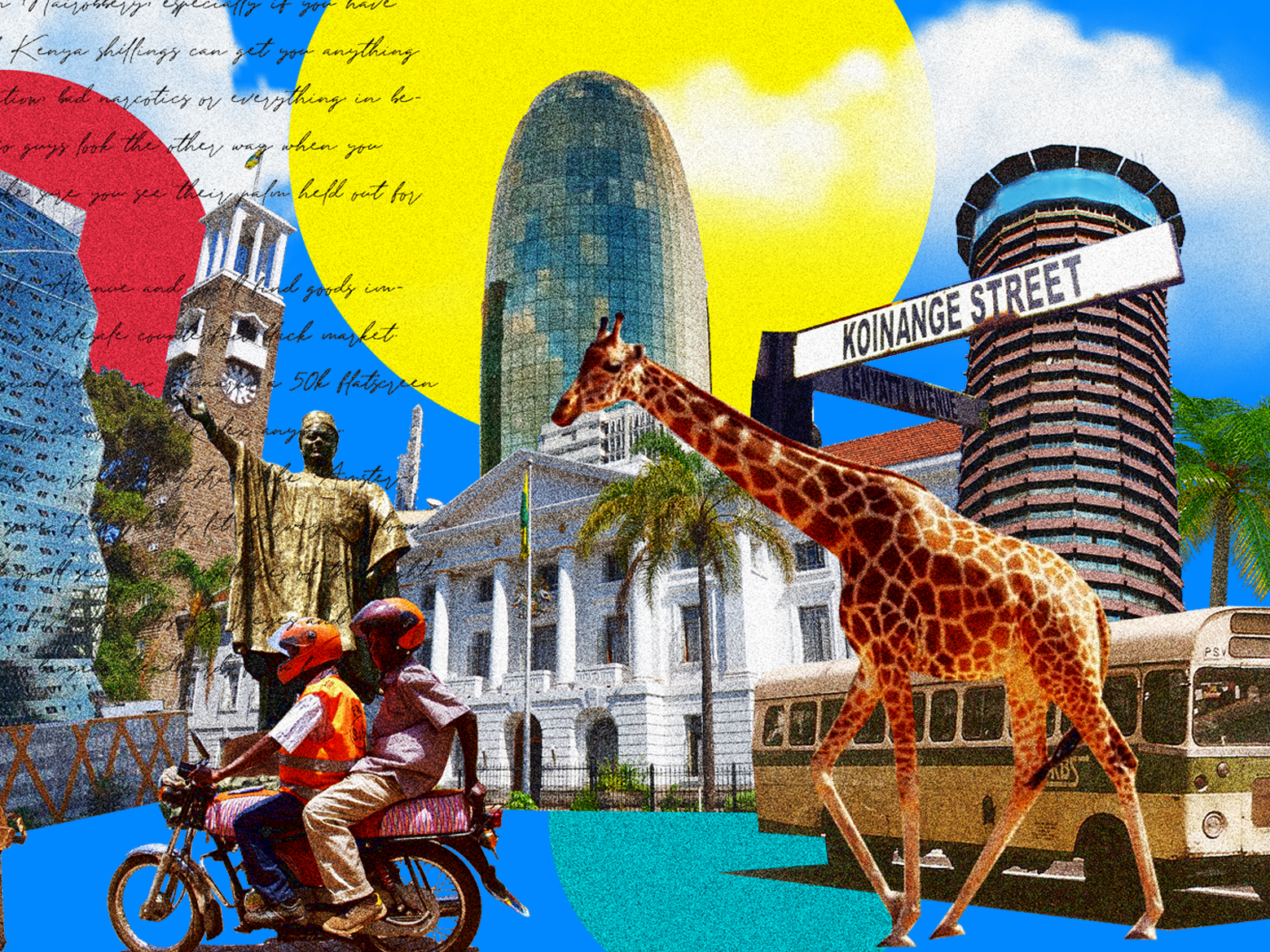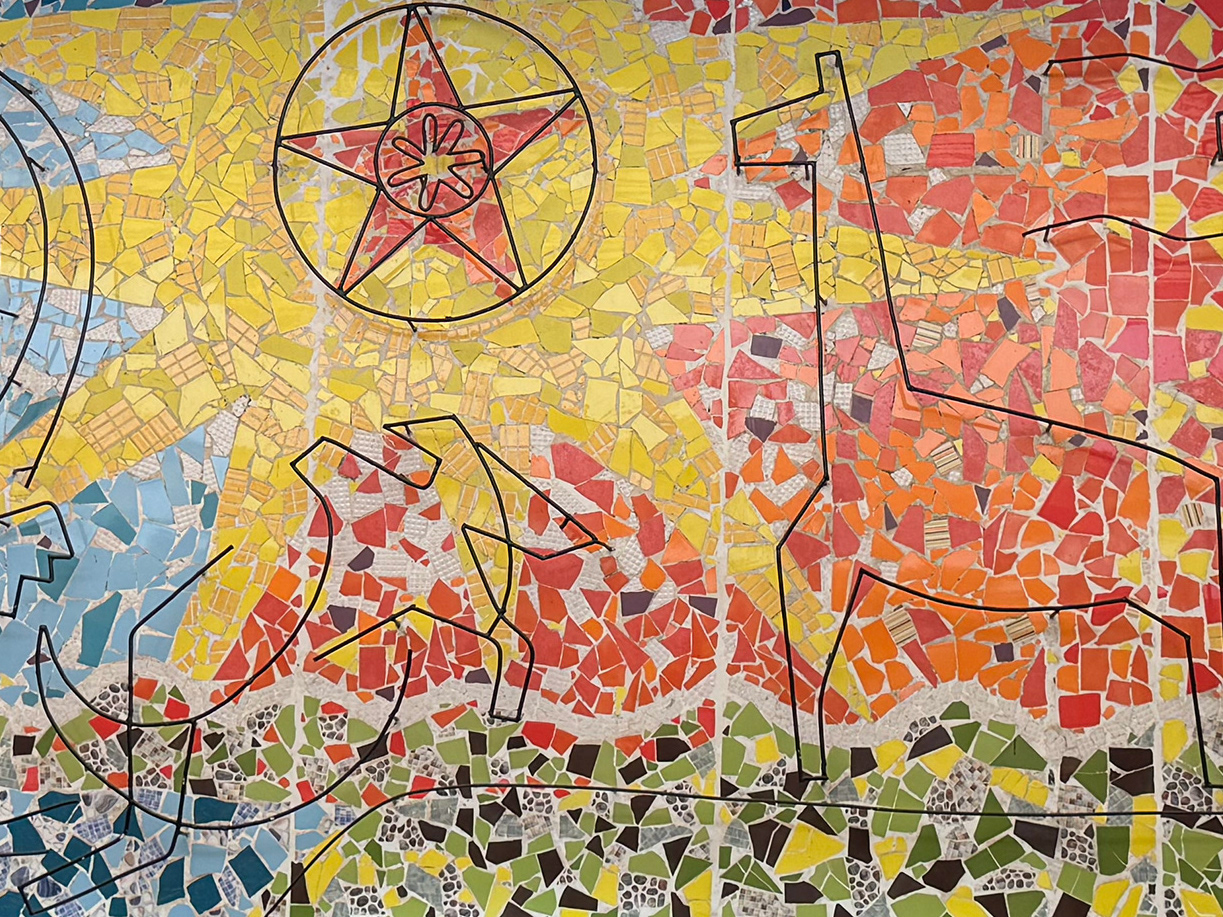Your footwear collection is on fleek, your wardrobe glows of ‘being with it’, you look amazing in your new outfit. Your fellow humans look at you in awe, building your self worth. Meanwhile, underpaid factory workers toil away for extensive hours, sacrificing their well-being to produce the very garments you wear. These garments are worn for a reasonable duration at work, compensating you with fair wages. However, they are often discarded after only a few uses, ultimately finding their way to third-world countries where they are sold in bulk.
Fast fashion remains an affliction that plagues our planet, perpetuating the use of ethically questionable materials, exploiting sweatshops in Asia, and contributing to the overwhelming accumulation of waste in landfills. This destructive cycle persists because of our support. It's time to make a change.
There in no planet B is an innovative project centered around fast fashion and its sustainability. We have repurposed leftover materials sourced from tailors in Nairobi, creating androgynous clothing that envisions a future where fashion is more responsible. There Is No Planet B is a thought-provoking photography endeavor that delves into the issue of fast fashion, highlighting its detrimental impact on Africa and proposing a shift towards sustainable practices through up cycling and the creation of new pieces.
What happens to all the clothes that end up in landfills? What’s the environmental impact when the Global North continues to flood our countries with second-hand clothes, fueled by fast fashion? Kenya has become a dumping ground for unwanted textiles from developed nations. Textile waste pollution is estimated at around 74,000 tonnes per year, most of which ends up in landfills—if it doesn't first clog the streets and waterways of cities like Nairobi and Mombasa with discarded fabric, plastic buttons, and rusting zippers.
Landfills rise four stories high, their contents emitting toxic gases as they decompose, polluting the soil and degrading our environment. According to the Changing Markets Foundation (CMF), Kenya receives around 37 million items of junk clothing from Europe alone every year. An increasing number of these items are damaged or dirty and unfit for sale. Greenpeace reports that around 40% of Mitumba (second-hand clothes) goods go straight to landfills. It seems developed countries are offloading their waste under the guise of helping poorer nations.
While countries like Rwanda have taken action by increasing tariffs on imported used clothes with the goal of eventually phasing out imports, Kenya still maintains its practice of importing second-hand clothes to preserve its trade agreements under the Africa Growth and Opportunity Act (AGOA). Rwanda, for example, raised tariffs from 20 cents to $2.50 per kilogram, while Kenya’s approach remains tied to maintaining its AGOA status.
In March 2018, the U.S. gave Rwanda a 60-day notice, threatening to suspend the country’s duty-free status for selling clothes to America under AGOA. This act, designed to boost trade between Africa and the U.S., allows duty-free access for 6,500 products. At the time, Deputy U.S. Trade Representative CJ Mahoney emphasized the U.S. president’s commitment to enforcing trade laws and ensuring fairness in trade relationships.
While I could dive deeper into the politics behind this, what truly inspired me to create this project was the need to upcycle and promote sustainable fashion. With our country continuously being used as a dumping ground by the Western world. I gave the tailor concepts for what I envisioned—a futuristic look that speaks to the future of fashion and sustainability. We also chose this location to show the contrast between the clean water and trees vs what fast fashion is potentially doing.
Created by @Thayu
Photography by @le.drew_
outfits by Nyambura Mwangi
Muse @Juma Jatteh

